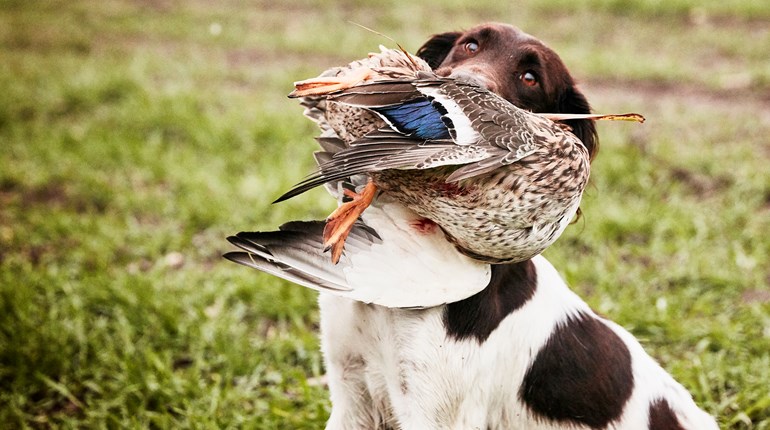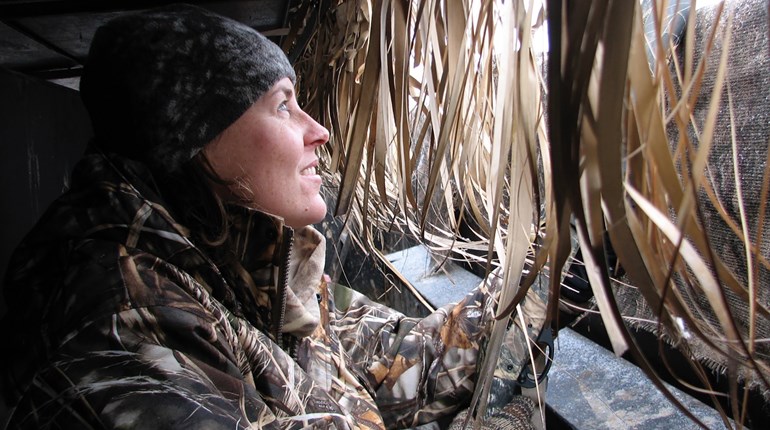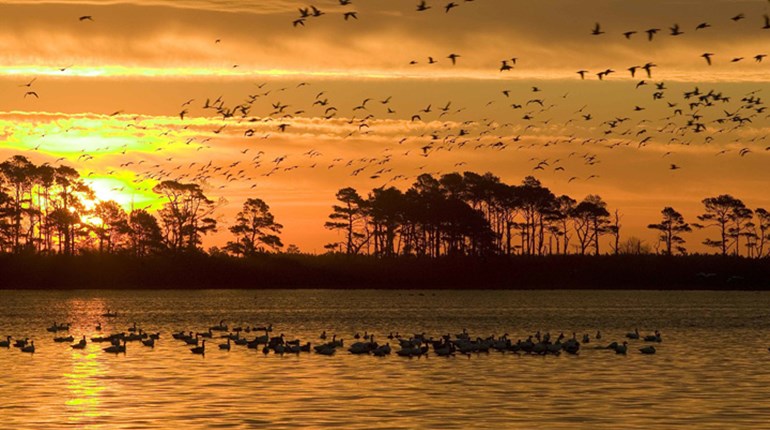
We duck hunters are prone to irrational optimism. How else do you explain a group of people who can spend an entire day freezing our butts off in windy, pounding surf for just a duck or two (if we're lucky), only to go home, convince ourselves tomorrow will be better, and do it all over again? All we need is the slightest indication the duck hunting may improve.
Well, my friends, here it is: The U.S. Fish and Wildlife Service's (USFWS) preliminary report on breeding waterfowl estimates a population of 48.6 million breeding ducks—the most ever recorded since surveys began in 1955. It's just the sixth time in the history of waterfowl surveys that the total duck population has exceeded 40 million, and the second straight year a record has been set. The most heavily harvested ducks in America, mallards, show a population of 10.6 million, the highest since 1999. And northern shovelers, green-winged teal and blue-winged teal all hit record highs.
However, these numbers may simply be a spillover of all the moisture the ducks have enjoyed on their breeding grounds during the last decade. Significant rainfall has masked habitat concerns, and the experts say our lucky streak is literally beginning to dry up.
From Delta Waterfowl:
"The ponds that are dry are the important ones for ducks — the temporary and seasonal wetlands," says Dr. Frank Rohwer, Delta Waterfowl's scientific director. "We kept the large ponds, but lost the small ponds."
Drier conditions may account for the one species that shows a significant drop in the survey area. Northern pintails are down more than one million birds, from 4.4 million birds last year to 3.4 million. One possible explanation is that pintails didn't like the look of the drier conditions and just kept flying north.
Ducks Unlimited echoes that concern:
"Early indications were that the mild and dry conditions experienced across North America this past fall and winter would negatively impact spring pond conditions and allow increases in grassland conversion rates, ultimately impacting nesting efforts this season," said Ducks Unlimited Chief Scientist Dale Humburg. "Strong returning duck populations and late spring precipitation have brightened prospects for 2012 duck production. If nesting and brood-rearing conditions are favorable over the next few months, we could see another strong fall flight."
Of course, we all know that simply having a lot of ducks doesn't guarantee a successful season. Did last year's mild weather challenge you as much as me?
Regardless, we waterfowlers are a resilient bunch, and I'm sure by November we'll have forgotten all about last year. The duck population is again at a record high. Get pumped, guys!





































